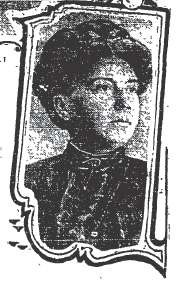![]()

It was a quiet February day in Seattle, Washington when Frank Lindsay ended the argument that he was having with his wife Audrey by bashing her over the head with a hammer, slashing her throat, sewing her body into a burlap bag, and then burying her behind the barn on their property.
 Grabbing his 12 year old foster daughter Pearl Grant, and a few hastily packed bags, Frank fled his home and high-tailed it south. He would later say that he took the girl with him because he thought that traveling with a child would give him a better cover story. It wasn”™t long before he realized that being on the lam with
Grabbing his 12 year old foster daughter Pearl Grant, and a few hastily packed bags, Frank fled his home and high-tailed it south. He would later say that he took the girl with him because he thought that traveling with a child would give him a better cover story. It wasn”™t long before he realized that being on the lam with
Frank finally landed in 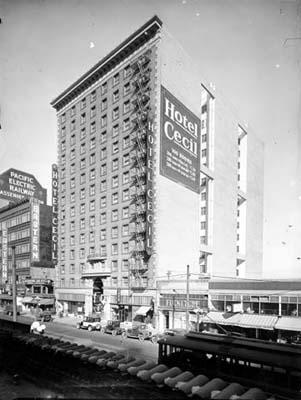
Then Frank did what so many other fugitives had done before him ”“ he sought refuge in a Bunker Hill rooming house.
Representing himself as Mr. R.F. Williams, he told people that Beatrice was his daughter. Lindsay kept the girl for two weeks in the rooming house, and then decided to put her on a bus back to
Audrey”™s brutal slaying and speculation about Frank”™s whereabouts were big news up and down the west coast. However, it wouldn”™t be professional law enforcement officers who would eventually locate Frank, it would be an amateur detective named William Sanborn.
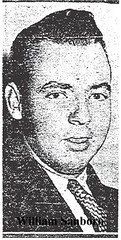 For a few of the months he was on the run, Frank had worked as a fry cook in the restaurant that Sanborn managed on
For a few of the months he was on the run, Frank had worked as a fry cook in the restaurant that Sanborn managed on
It was by chance that William bumped into Frank at another restaurant on

As an upstanding citizen and detective wannabe, Sanborn needed to be absolutely sure that he was pursuing the right man. He contacted the homicide squad and was handed a photo of Lindsay, which he immediately identified as an image of his former employee. In a move that was dangerous at best and completely insane at the worst, Sanborn then confronted Frank with the photo at the restaurant where he was working. Frank took the picture and held it in his fingers, thereby conveniently fingerprinting himself. When cops ran the prints, they matched those of the runaway murderer. Detectives turned up at the Stanley Apartments at 210 South Flower later that evening, and took Lindsay into custody without incident.
There were many facts about which Frank hadn”™t been forthcoming ”“ like his real name, which was discovered to be Charles E. Murphy, as well as his place of birth, which was not 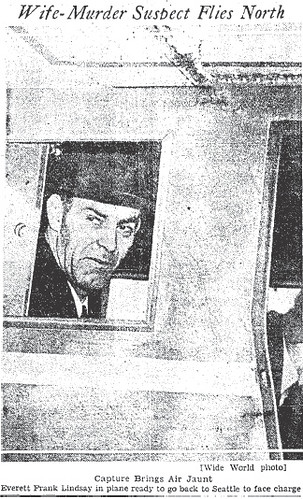
Because Frank had lied about most of the details of his life, police were skeptical of his claim that it was Audrey”™s nagging that had compelled him to spontaneously murder her. And the authorities also didn”™t buy his alternate version of Audrey”™s murder in which he was not the attacker, but instead was valiantly defending himself from certain death at the hands of his enraged wife! His story may have been more credible if he hadn”™t pre-dug the grave into which he”™d dumped Audrey”™s corpse.
It took them a while, but police finally untangled Frank”™s web of lies. They concluded that when Audrey had accused him of the criminal assaults on several young girls in the
Frank was shackled and extradited from
The sound of the prison gates slamming shut behind him should have signaled the end of the story, but Frank would make news again in 1947.
Frank was on his best behavior in prison and would eventually earn trustee privileges. By January 1947, he was working as the cook in the warden”™s home. One day, Frank simply walked away from the prison and vanished. On the run for most of the year, he was finally recaptured in a restaurant in

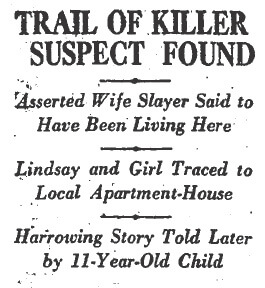


 teenaged mother in
teenaged mother in 
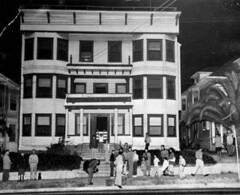 the kidnappers as Emmett Perkins. The other man was almost certainly
the kidnappers as Emmett Perkins. The other man was almost certainly 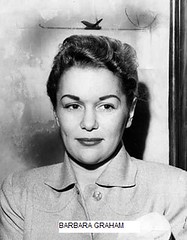 hadn”™t made the mistake of offering a fellow inmate $25k to provide her with an alibi for the night of the murder. Unfortunately for her, the cellmate was actually a cop, planted to befriend her and gather information. Barbara”™s blunder had doomed her to death.
hadn”™t made the mistake of offering a fellow inmate $25k to provide her with an alibi for the night of the murder. Unfortunately for her, the cellmate was actually a cop, planted to befriend her and gather information. Barbara”™s blunder had doomed her to death. 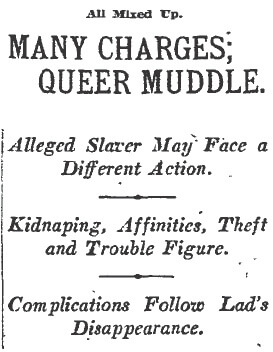

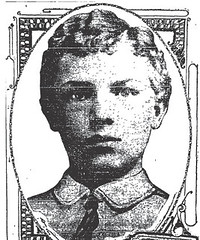 Ladda Trcka didn”™t realize when he played in the vacant lot adjacent to his home in Columbus, Ohio, that he was being watched. The angel faced ten year old boy was too young and innocent to find anything sinister in the behavior of his forty-four year old widowed neighbor, Nellie Hersey. He thought nothing of being invited into her parlor, where she would caress him and offer him more candy than he could consume in a single sitting.
Ladda Trcka didn”™t realize when he played in the vacant lot adjacent to his home in Columbus, Ohio, that he was being watched. The angel faced ten year old boy was too young and innocent to find anything sinister in the behavior of his forty-four year old widowed neighbor, Nellie Hersey. He thought nothing of being invited into her parlor, where she would caress him and offer him more candy than he could consume in a single sitting.